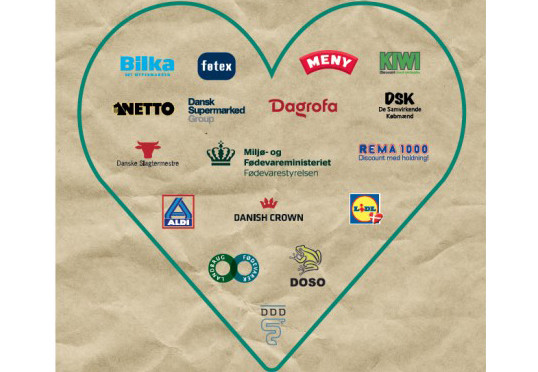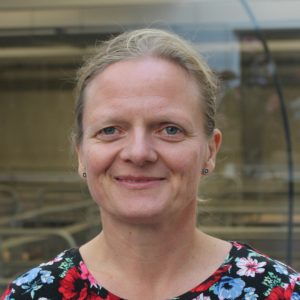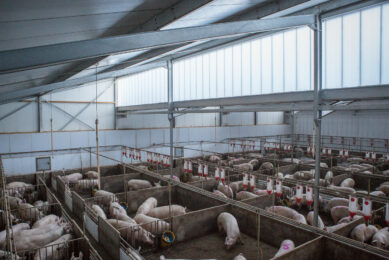Can we make a difference to pig welfare?

Animal welfare organisations and the pig industry can make steps together, says pig welfare expert Vivi Aarestrup Moustsen. She says successful cooperation in Denmark has come after talking, listening and acknowledging each other’s agendas.
Can we make a difference to pig welfare? Yes! If we stand alone – as farmers, or NGOs or retailers or consumers – it is difficult, but when we work together, join forces and all stakeholders are engaged and committed, we can make a difference.
Loose housing for lactating sows
An example of working together was a seminar a few weeks ago on ‘Perspectives of loose housing of lactating sows’, with input from both the industry, animal welfare organisations, pig producers, research and development and the abattoirs.
Peter Mollerup, CEO for the Danish animal welfare organisation Doso, representing 130,000 members/supporters, presented the organisation’s livestock welfare initiatives from 1987 to today. One of his points was that the greatest improvements were accomplished when the animal welfare organisations and the industry had worked together – acknowledging each other’s agenda – but also accepting that to make a difference, we need to work together.
Action plan for better pig welfare
As an example, Doso worked closely with Dan Jørgensen, the former Danish minister of Food, Agriculture and Fisheries. In 2014, he presented a 9-point action plan for improvements of welfare in Danish pig production.
Some of the points in the action plan were that all sows in the longer term should be housed in loose housing systems and that there should be more options and information for consumers. An outcome of this has been national labeling of animal welfare – starting with the pigs.
Pork labelled with ‘Better Animal Welfare’
Last month, the current Danish minister of Food and Fisheries invited the press to a supermarket to show that pork labelled ‘Better Animal Welfare’ was now available in the shops and 2 months ago, the minister invited the press to join him at a visit to a Danish pig farm that produces pigs according to the new label ‘Better Animal Welfare’.
The new label is a win-win-win situation. The farmers are winners because it is acknowledged that they are making an extra effort to improve the welfare of their pigs. The pigs are winners because all pigs have access to straw at all times, the sows are let loose – also in the lactation unit, and there is no tail docking of the pigs. And the consumers are winners – because the new label helps them identify welfare pork products and it makes it affordable to buy welfare products.
Not only in Denmark
At the seminar, Dr Tracey Jones, director of food business at Compassion in World Farming (CIWF), also gave her perspectives on loose housing of lactating sows. Dr Tracey Jones stressed how important it is to let the market do the push, and to take it slow with legislation. It takes a multistakeholder approach to improve welfare where it is very important to build up confidence and agree to long term contracts. Approaches include the government assisting with market failure and setting targets. Producers and processors working towards successful practice.
Retailers and food companies are to supporting free farrowing production. Industry bodies and academics promoting the benefits and train and assurance schemes clearly differentiating for higher welfare. In addition, equipment manufactures should use correct design features including dimensions; breeding companies should breed for maternal behaviour and lower litter size, NGOs should raise public awareness and the consumers should be willing to pay a modest premium. To drive a change takes collaboration and effort from many stakeholders.
Acknowledging each other
DOSO prefers and aims at non-confinement systems for farrowing sows, however, research results from University of Copenhagen and the Danish Pig Research Centre have shown improved piglet survival if sows are confined for a few days post-farrowing.
The results also showed a lower cortisol level for sows confined in designed pens than for loose sows, so no indication of that confinement for a few days after farrowing had a negative impact on sow welfare. In balancing the welfare of sows and piglets – and to make it possible for more farmers to go into loose housing, DOSO now supports systems where the sows are confined the first few days – as long as other welfare needs such as straw are met.











